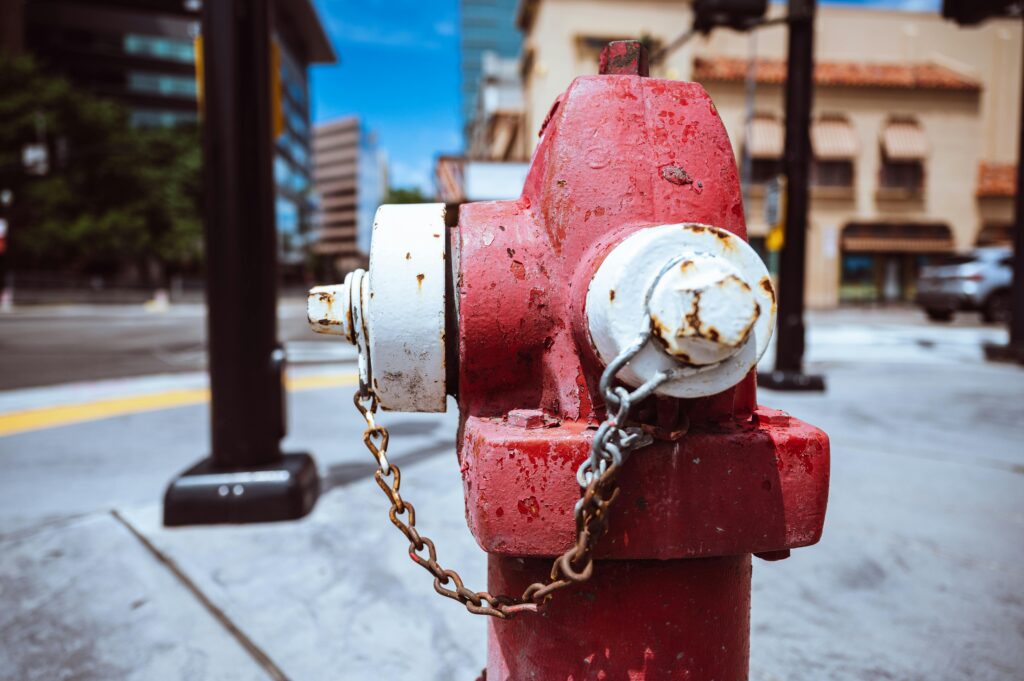Introduction
Regular testing and maintenance of water mains are essential for ensuring a reliable and safe water supply. Whether you’re a municipal worker, a contractor, or a facility manager, knowing how to properly test water mains can help mitigate potential issues and ensure consistent service delivery. Utilizing tools such as a hydrostatic test pump can be pivotal in identifying and fixing problems early. By embracing a comprehensive approach to testing, you secure the infrastructure, conserve resources, and maintain public health standards. This article dives into the best practices for water main testing, covering key methods, common tools, and tips for successful implementation.
Understanding Water Main Testing
Water main testing involves assessing the condition of the pipes that carry water from treatment plants to consumers. Over time, these pipes can deteriorate due to age, environmental factors, or improper installation. Testing helps identify issues such as leaks, pressure inconsistencies, and contamination, ensuring the integrity of the water supply system. Regular testing can also prevent significant water loss and reduce the risk of contamination, which is often linked to health issues in the population served by the water system.
Common Testing Methods
- Hydrostatic Testing: This method involves filling the pipe with water, pressurizing it to a specified level, and monitoring it for leaks. It’s one of the most reliable ways to test the structural integrity of water mains. By applying pressure, any weaknesses in the pipe can be detected, ensuring that the pipe can sustain the operational pressures it will encounter in everyday use.
- Air Testing: Air is used to pressurize the pipe instead of water. This method is often used in smaller, more confined sections of the water system. Compared to hydrostatic testing, air testing has the advantage of being less impacted by the surrounding temperature and having a faster completion time. It’s particularly useful in situations where water scarcity might be an issue.
- Dye Testing: A dye is introduced into the water supply, and any leaks are identified by the appearance of the dye outside the pipe. This easy-to-use technique can be quite helpful in finding tiny leaks that pressure could miss. Dye testing is especially useful in urban environments where visual confirmation of leaks is necessary.
Essential Tools for Water Main Testing
To effectively test water mains, various specialized tools are required. These include:
- Test Pumps: These are used to pressurize the water or air within the pipes during hydrostatic or air testing. Test pumps need to be versatile enough to adapt to different pipe sizes and types, delivering consistent pressure without overloading the system. This ensures accurate results while protecting the integrity of the pipes being tested.
- Pressure Gauges: These instruments measure the pressure levels within the system, helping to detect inconsistencies. A good pressure gauge will provide accurate readings and can be critical in diagnosing potential issues before they become severe. They are essential for both hydrostatic and air testing methods, providing insight into the durability of the water mains under various conditions.
- Leak Detectors: Devices that use sound or other indicators to identify leaks along the water main. Acoustic leak detectors, for instance, can pick up the sound of water escaping from a pipe under pressure, even through soil and pavement. This technique is essential for finding leaks quickly and cheaply—it eliminates the need for large-scale excavation.
Best Practices for Water Main Maintenance
Adopting best practices for water main maintenance can significantly enhance the longevity and performance of the water supply system. Here are some tips:
- Regular Inspections: Schedule routine inspections to catch issues early and prevent major failures. Regular inspections help utilities manage their assets proactively, identifying potential weaknesses before they lead to system failures. Utilizing advanced diagnostic tools during these inspections can improve accuracy and efficiency. For example, cities with aging infrastructure can benefit from more frequent and detailed inspections to prevent large-scale disruptions.
- Proper Documentation: Maintain detailed records of all tests, repairs, and maintenance activities. This helps track the health of the system and plan future interventions. Comprehensive documentation ensures that the history of each segment of the water main is available for future reference, enabling informed decision-making regarding repairs and replacements. This practice also aids in regulatory compliance and can be invaluable during audits and assessments.
- Compliance with Standards: Adhere to industry standards and guidelines, such as those provided by the American Water Works Association, to ensure consistent and safe practices. Compliance ensures that all testing and maintenance activities meet established safety and quality benchmarks, reducing the risk of failures and enhancing public confidence in the water supply. Following these guidelines fosters a culture of safety and reliability within the maintenance team.
- Training and Safety: Ensure that all personnel involved in testing and maintenance are properly trained and aware of safety protocols. Safety training minimizes the risk of workplace injuries and ensures that all procedures are carried out correctly. Ongoing education and training keep staff up-to-date with the latest methods and technologies in water main testing and maintenance, promoting a culture of continuous improvement and professionalism.
Conclusion
Water main testing is vital to maintaining a reliable and safe water supply system. By understanding common testing methods, utilizing essential tools, and following industry best practices, you can help ensure the integrity and longevity of water mains. For further insights into water system safety and maintenance, you can refer to resources provided by reputable organizations such as the U.S. Environmental Protection Agency. Adopting these practices safeguards public health and contributes to the sustainability and resilience of water infrastructure, ensuring a secure water future for all.



